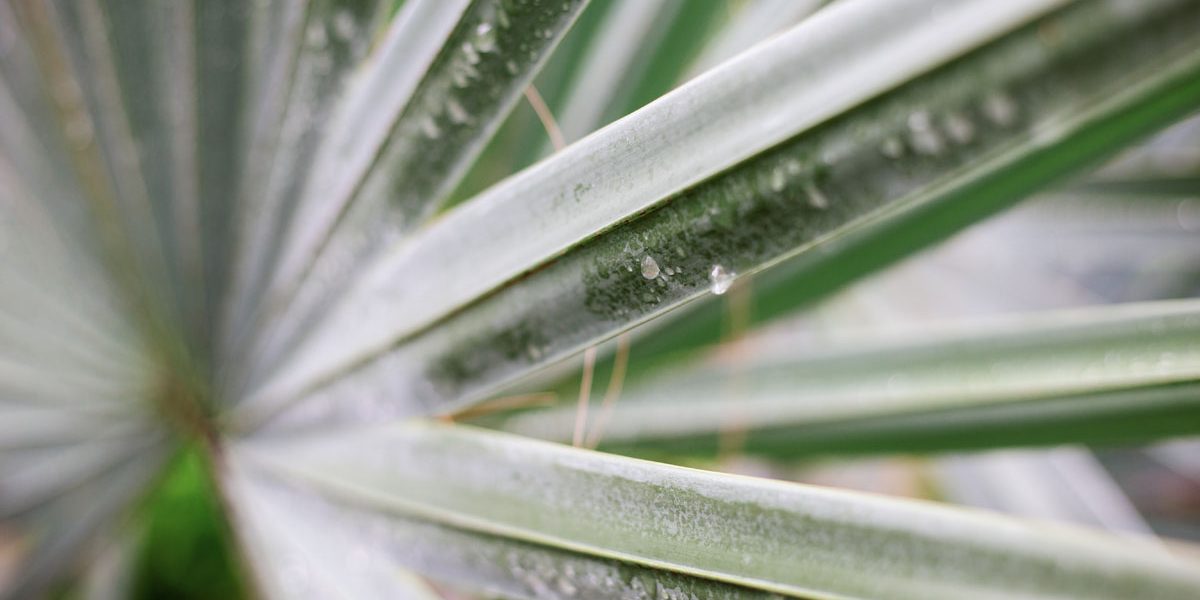If you are searching for the Care of a Sago Palm, this post by A&P Nursery can help keep your Sagos nice and healthy.
Care of a Sago Palm Tree
Sago palms (Cycas revoluta) add a beach like, somewhat primitive, focal point to your landscaping. Even though the large fronds are comparable of palms, Sagos palms are surprisingly cycads and more closely related to conifer trees. Sago palms grow in USDA plant hardiness zones 8 through 10. A mature plant can sometimes reach up to 10 feet tall when cared for properly.
Site Requirements
Even though Sago palms can grow in full sun, they grow best in moderately shaded areas. Too much sunlight results in sunburnt foliage and can stress the Sago palm. Partial shade allows the leaves to grow larger, making the plant bigger. Sago palms also require well-drained soil. Waterlogged conditions can result in rot problems, but the soil must keep enough moisture, so it doesn’t dry too fast. A partially sandy site added with organic matter, like compost, will work well.
Water Your Sago
Sago palms need to be watered only when the soil starts to dry out. Younger Sago palms benefit from regular irrigation, so the soil doesn’t completely dry out. Watering every 5 to 7 days when there is little to no rainfall and supplying enough to moisten the top 12 inches of soil is adequate. Plants that are well established are drought-resistant and require watering very rarely.
Fertilizing Your Sago
Adding an annual application of a slow-release, balanced fertilizer in spring will usually supply enough nutrients. Sprinkle around 1 tablespoon per square foot of a 10-10-10 fertilizer recipe around the base of the Sago, at least 8 inches from the palm and water it in. Yellow foliage can indicate a potassium or magnesium shortage in the soil. Chelated iron spray on the foliage will provide these necessary nutrients. Older foliage may stay yellow, but the new foliage will grow a healthy green.
Pruning Your Sago
Pruning is only necessary for aesthetics. You can remove the cone from the center of the Sago carefully, but try not to damage the growing point beneath it. If it is left in place, the cone will break apart and fall off on its own as new foliage takes over. If the old foliage becomes tattered, cut them off close to the trunk after new leaves have entirely unfolded.
Sago Problems And Issues
Very few pests or diseases have an effect on Sago palms. Root rot from waterlogged soil is the most common problem, but watering properly and having well-drained soil will help prevent this issue. Insects seldom affect Sagos that are grown outdoors. Yellowing, sunburnt foliage is a problem if the Sago is grown in a full sun location. Sago palms can tolerate temperatures as low as 13 degrees Fahrenheit, but if it falls below 25 Fahrenheit, it could cause some of the foliage to die.
Treating A Sick Pago
Once you have figured out why the Sago palm is yellowing, you will need to know how to treat sick Sago palms effectually. When there are nutritional deficiencies, try feeding Sago palms houseplant fertilizer around once a month. Regular balanced fertilizer is essential for the healthy maintenance of Sago palms. If you Sago palm is indoors and scale infestations are a problem, you can try hand picking them off or placing them outdoors and allow their natural predators to help eliminate them.
A&P Nursery Sells Palm Trees in Arizona
A&P Nursery is excited to help you enhance your outdoor areas with palm trees in Mesa, Gilbert, Queen Creek, Tempe, and the rest of the East Phoenix, Arizona. Contact us, today!






